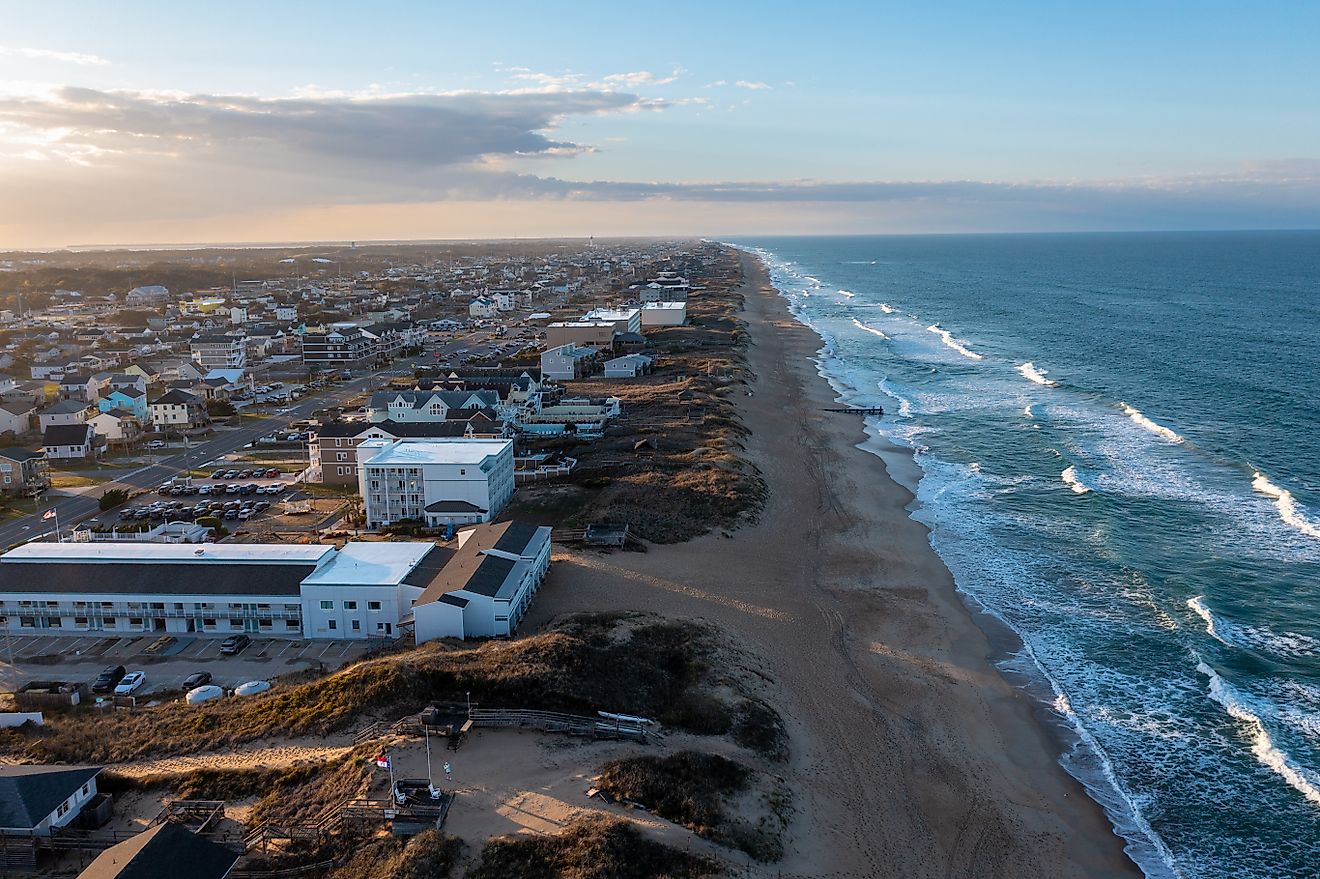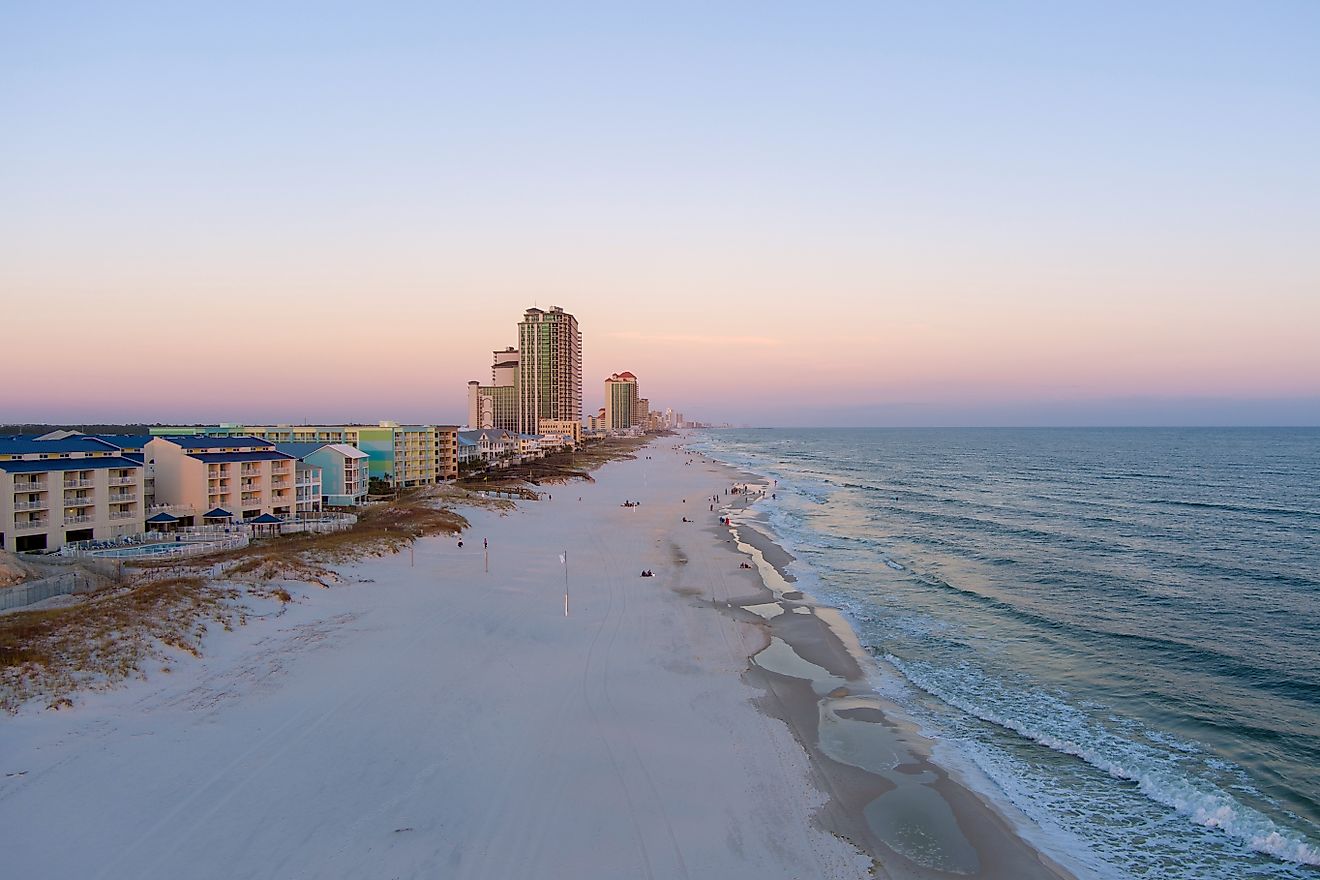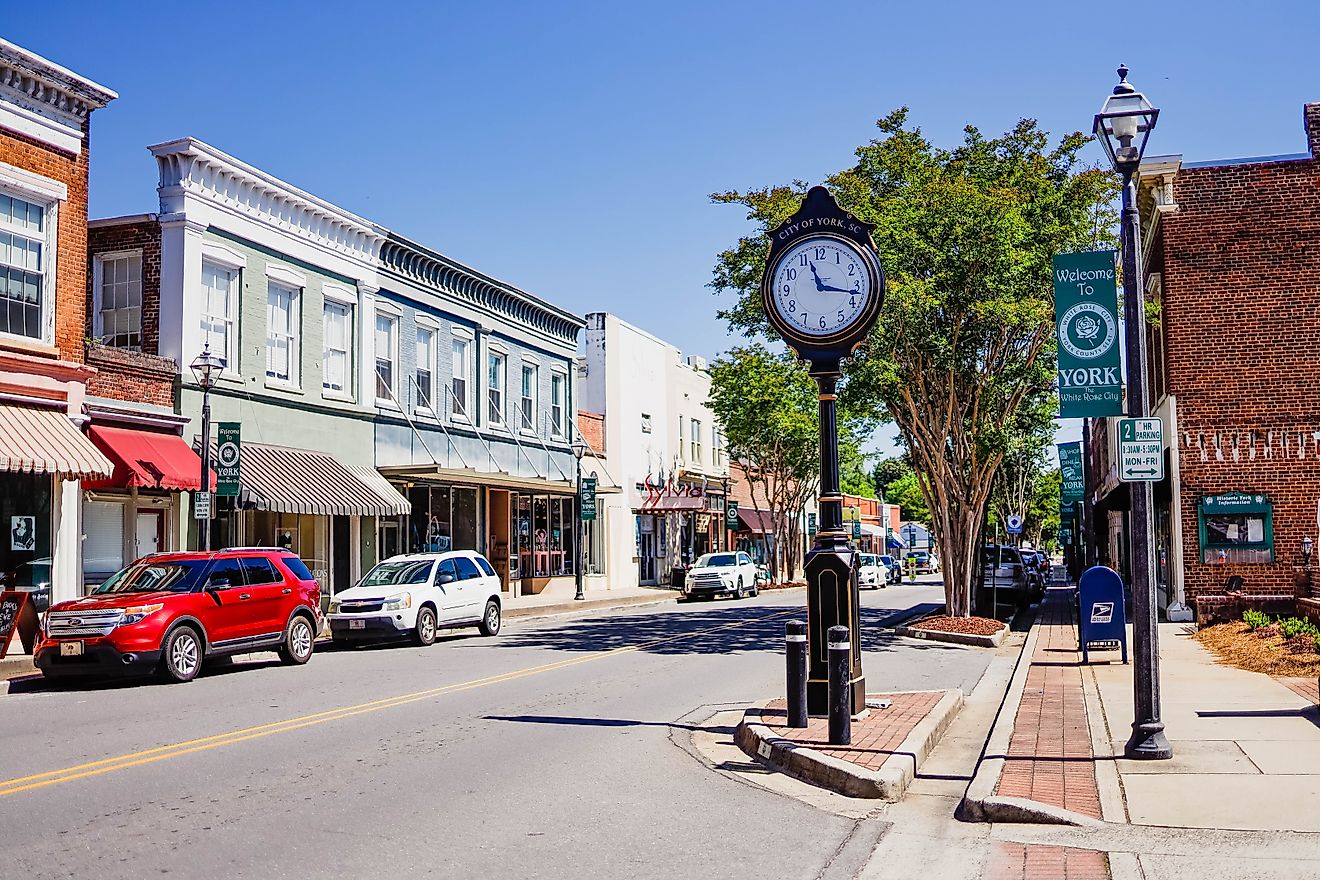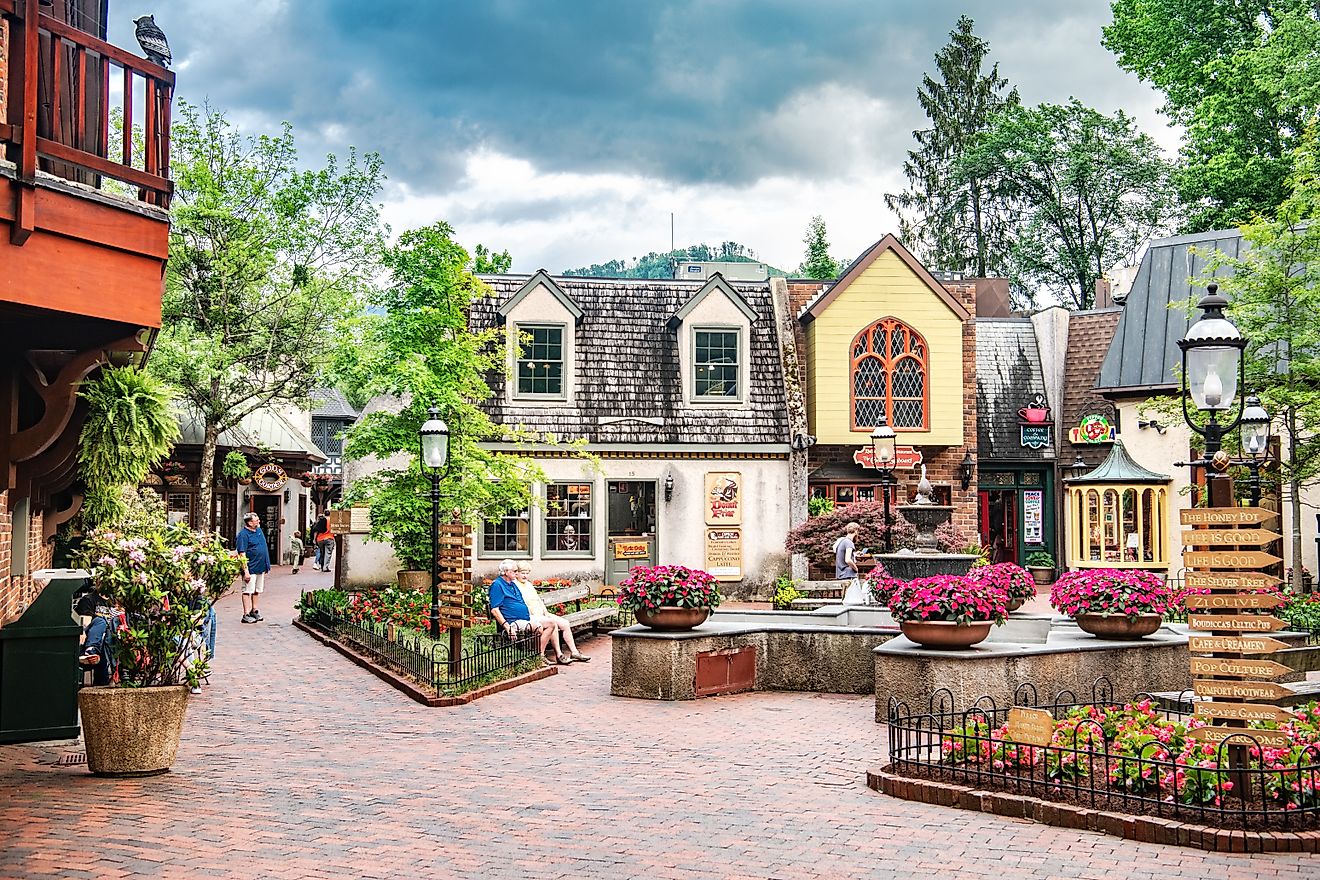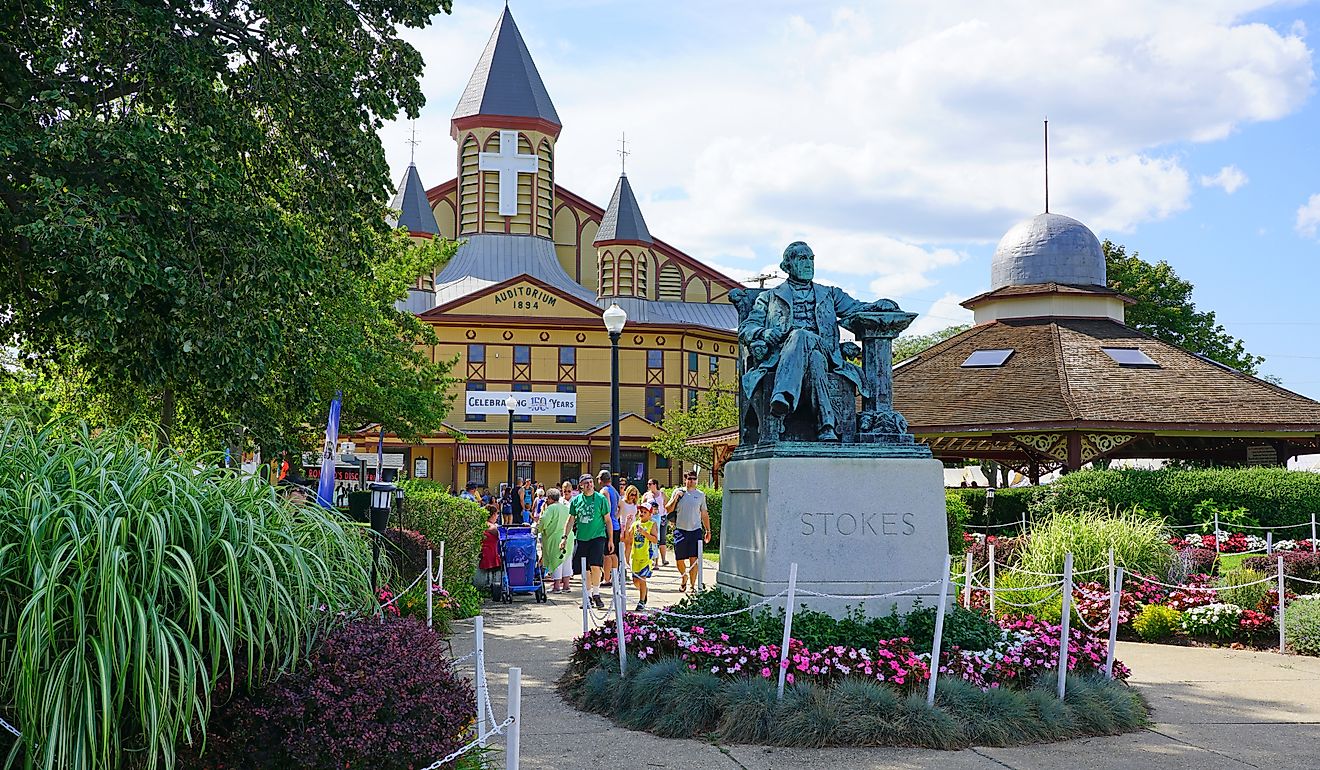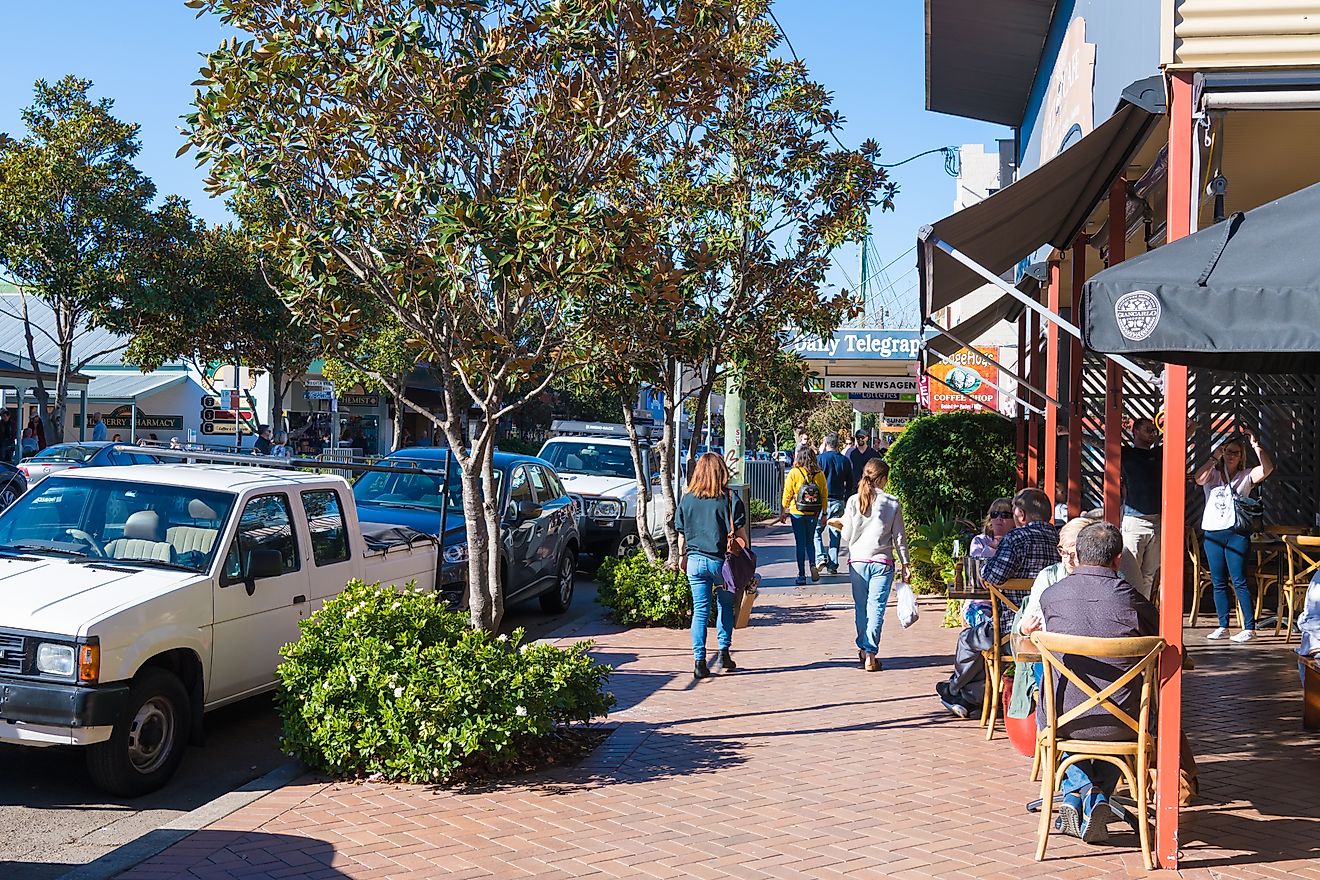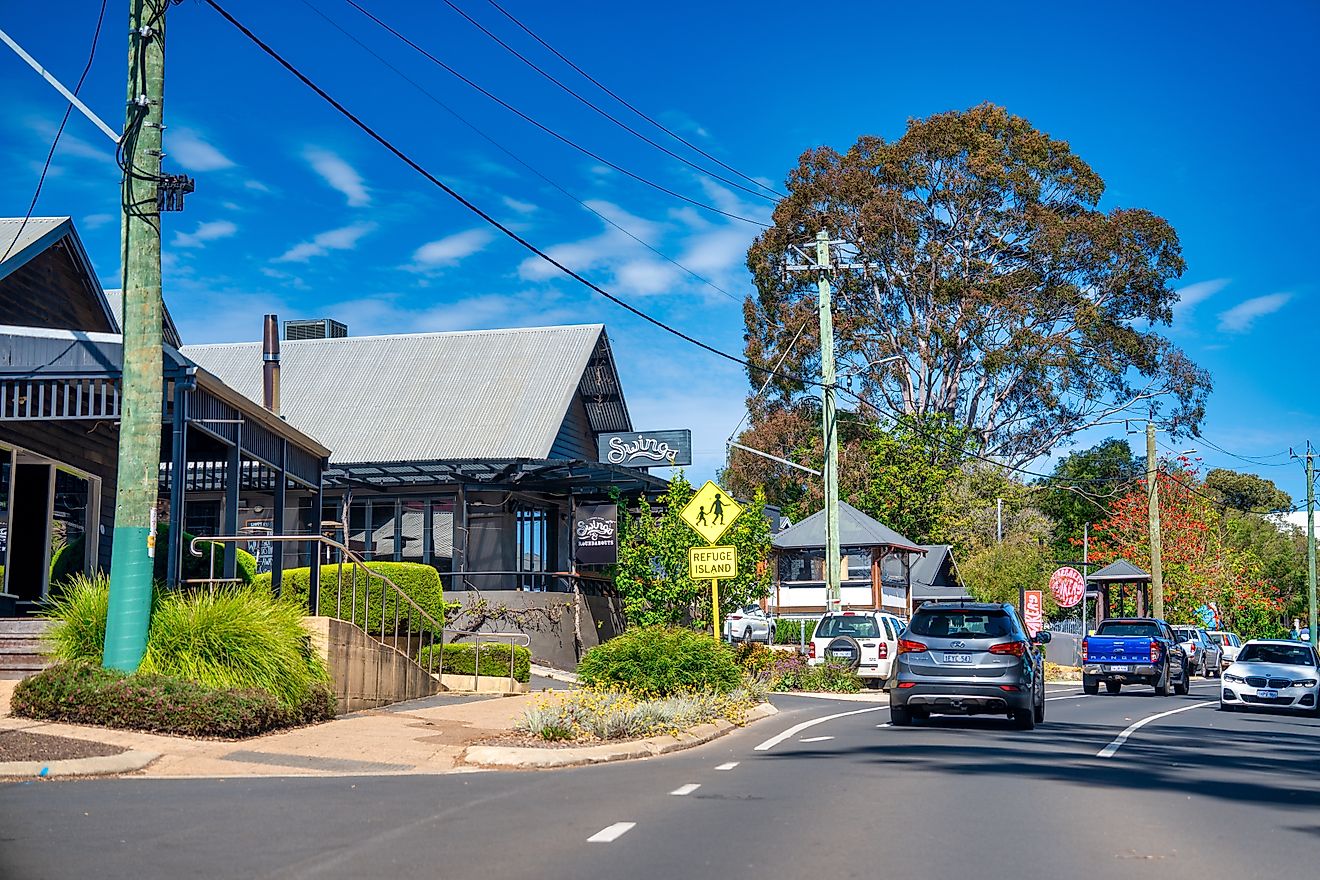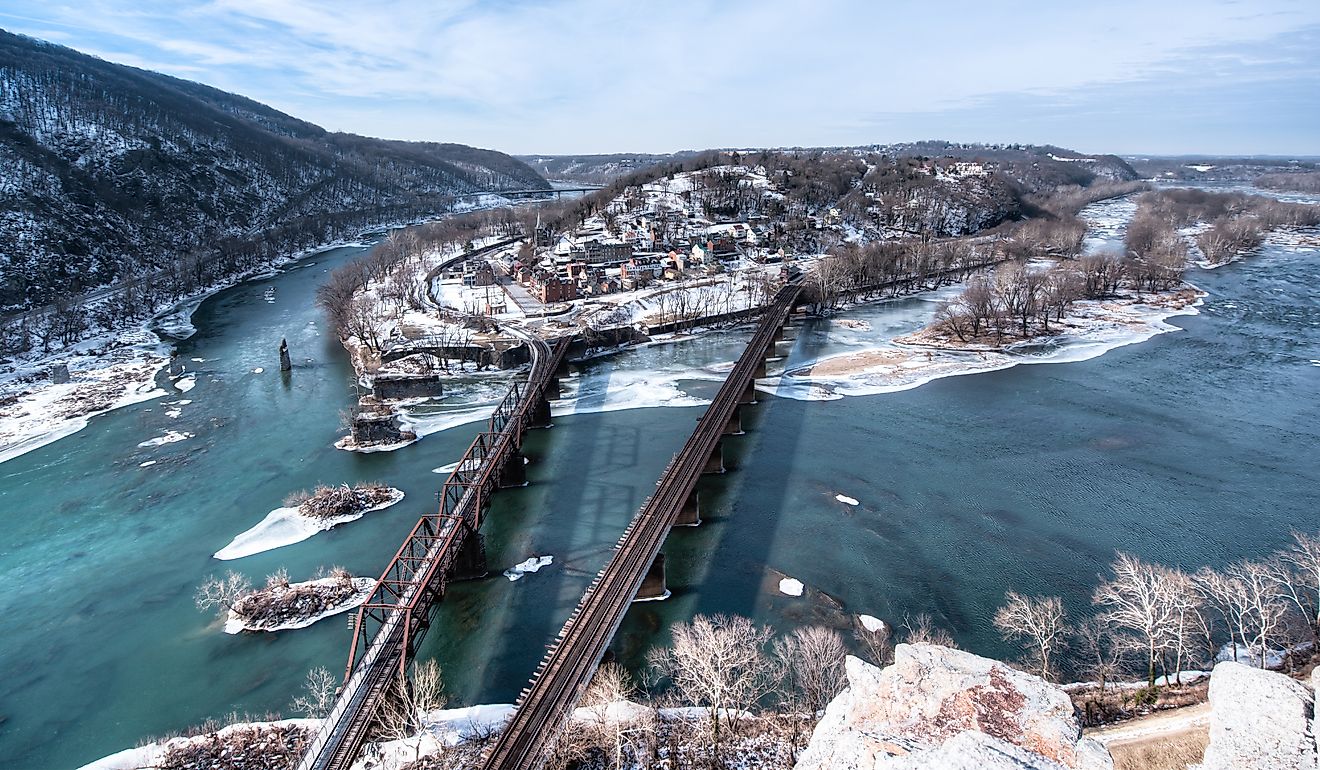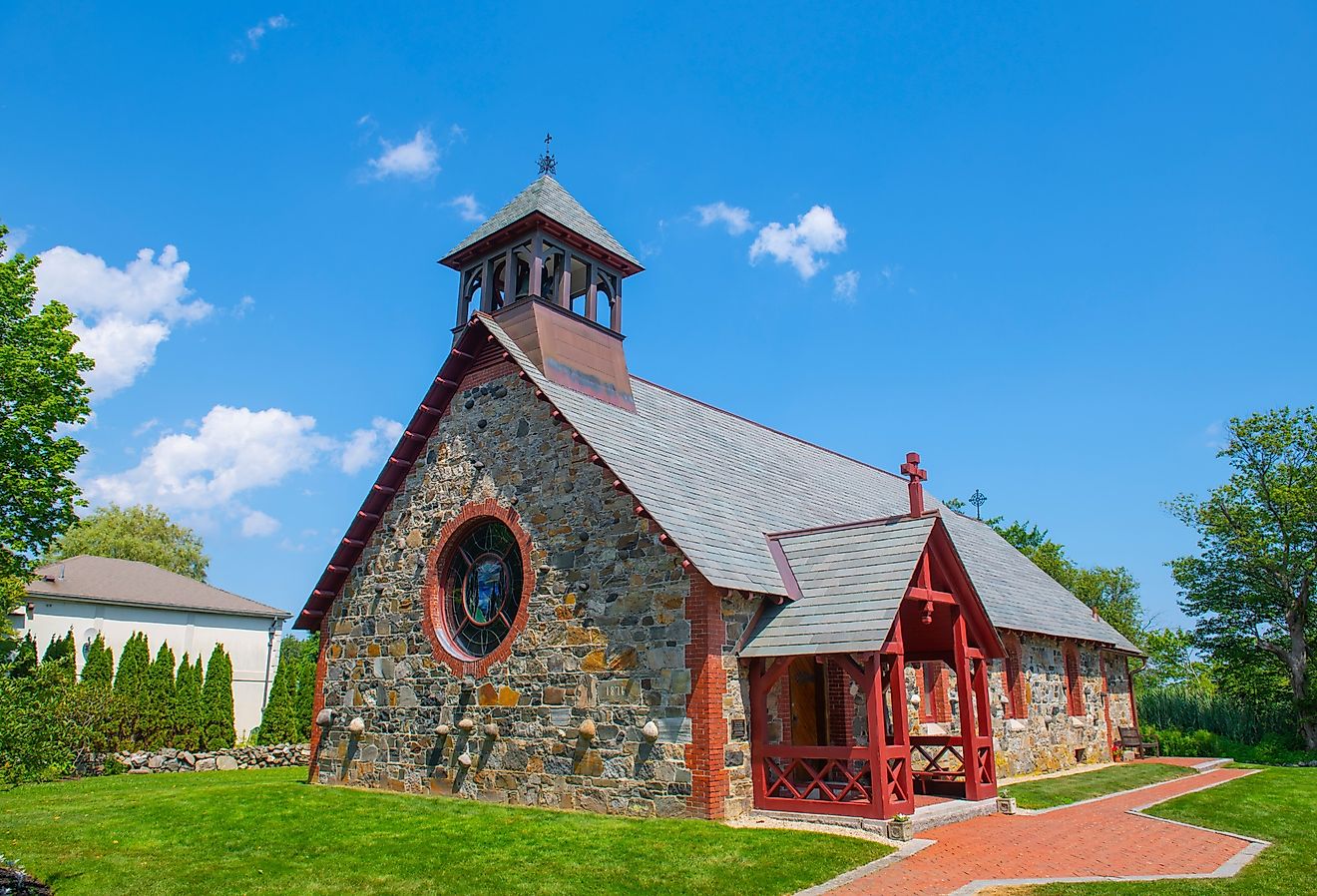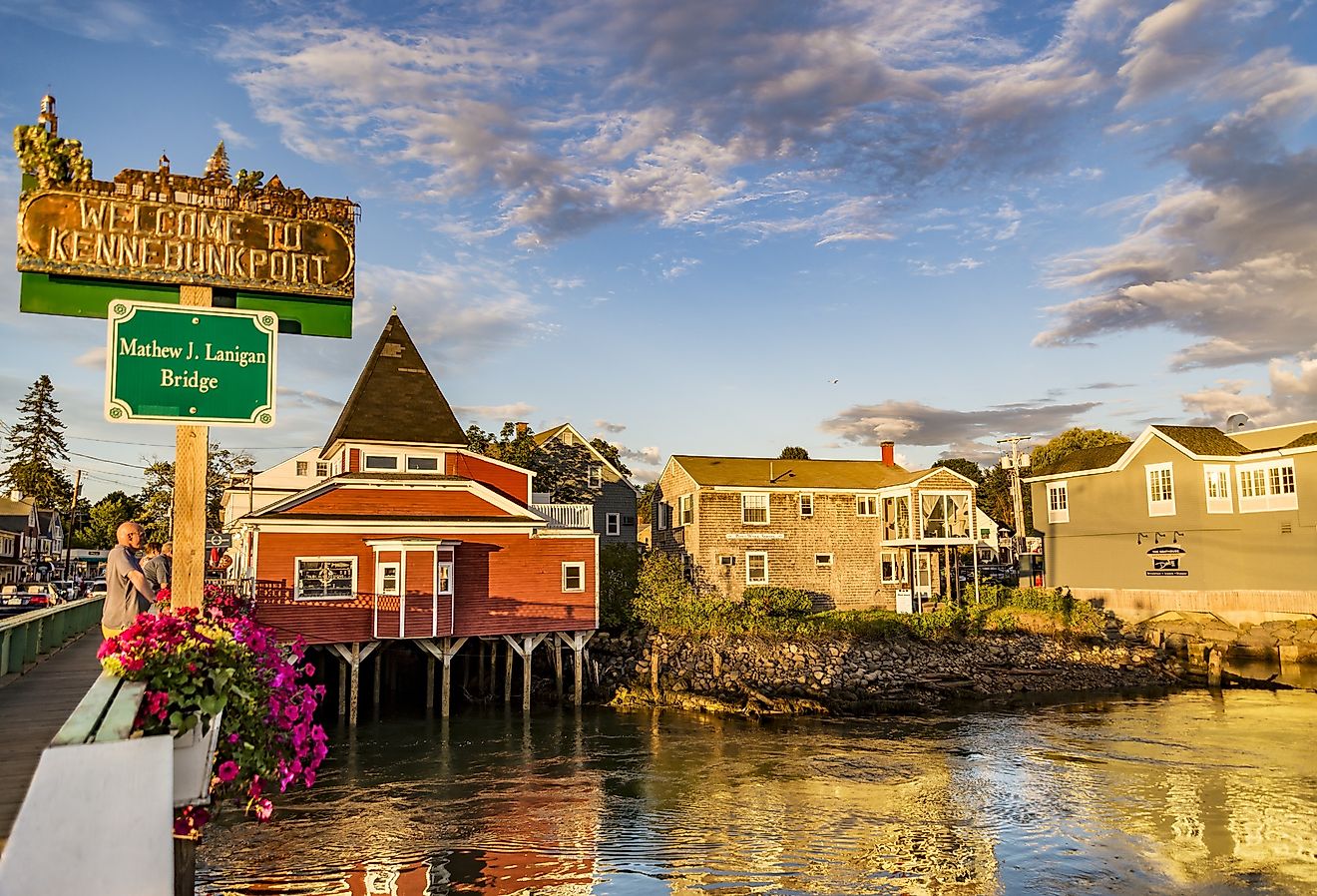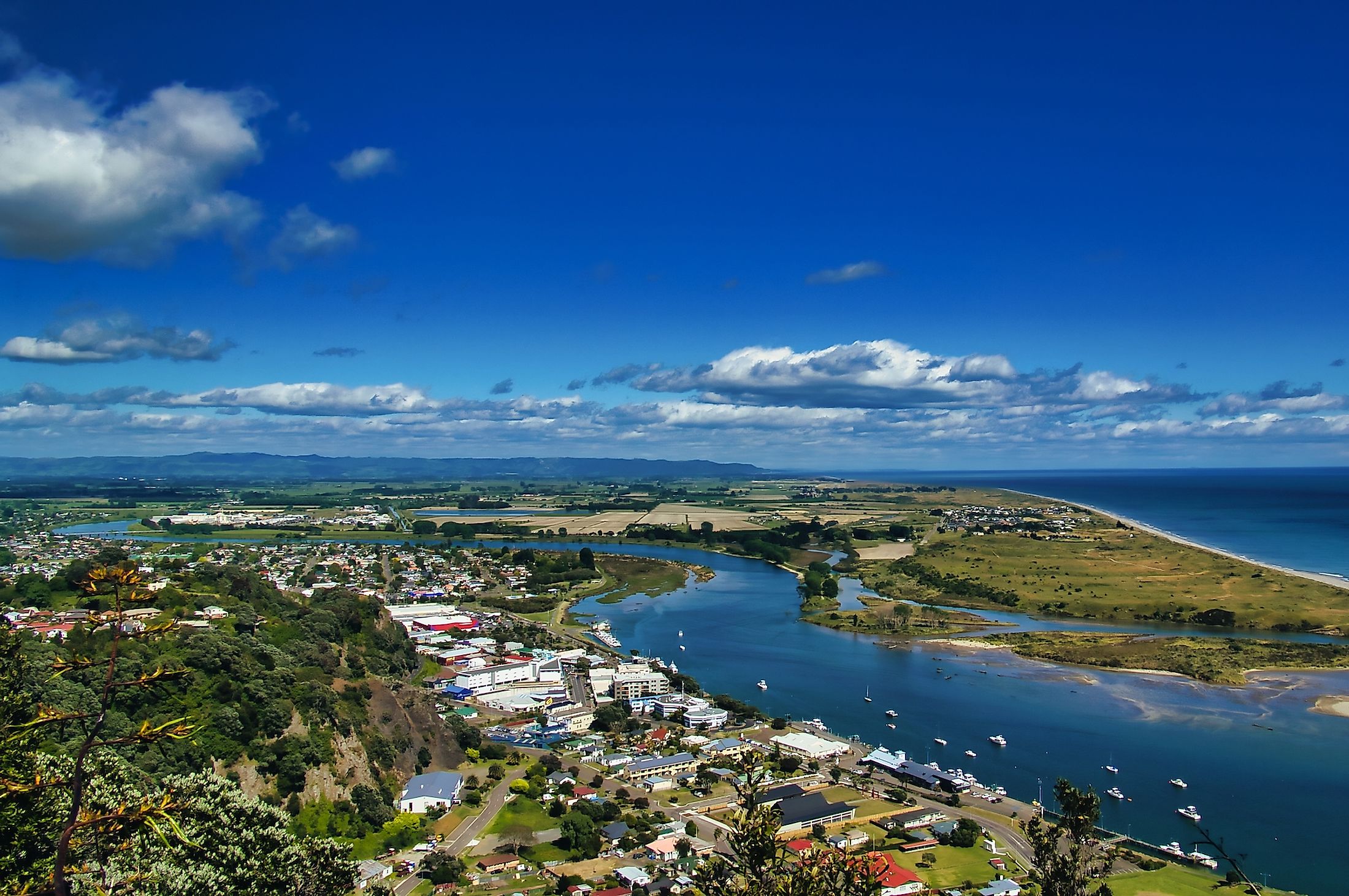
Whakatane, New Zealand
Situated on the eastern Bay of Plenty on New Zealand's North Island, the town of Whakatane sits at the mouth of the Whakatane River. Long populated by the indigenous Māori people, Whakatane today has a bustling urban population of just under 17,000, making it the country's 33rd largest urban center.
Geography And Climate Of Whakatane
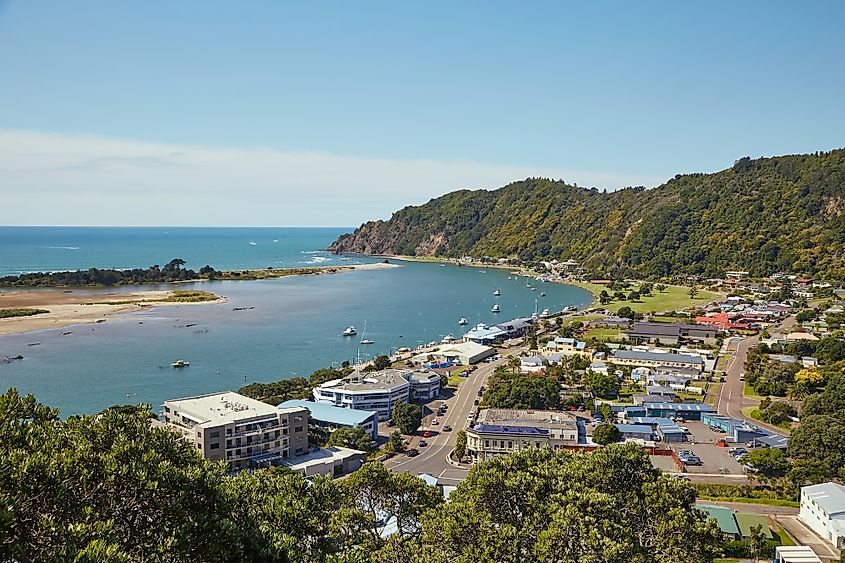
With a land area of 4,442.07 square kilometers, Whakatane District was established in 1976 and forms a part of the East Coast parliamentary constituency. The town is the main center of the Bay of Plenty (first navigated by Captain James Cook) and is the seat of the Bay of Plenty Regional Council.
Just 12 kilometers north of Whakatane lies Moutohora Island, a historically important whaling station that provided shelter for Captain Cook and his expedition in 1769. Some further 36 kilometers north is White Island, an active marine volcano popular with residents and tourists alike.
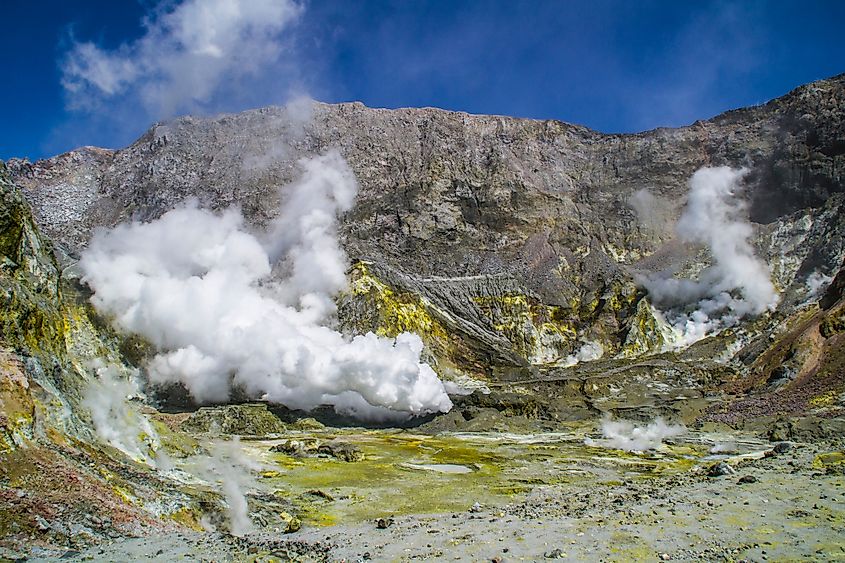
Summers in Whakatane are comfortable, while winters are typically cold and wet; average highs in the summer months of January to March are 24 C (75 F), while the winter months of June to August see highs of 15 C (59 F) and lows of 5 C (41 F).
The wet season lasts around five months from May to October, with at least a 29% chance of precipitation on any given day; June is on average the wettest month with around 11 days out of 30 with at least 1 millimeter of rainfall.
The town has often recorded the highest annual amount of sunshine in all New Zealand, frequently attaining up to 2,600 hours of sunlight a year. In 2013, Whakatane recorded an average of over 8 hours of sunshine a day. This observance has led to the unofficial name of "The Sunshine Capital of New Zealand."
History Of Whakatane
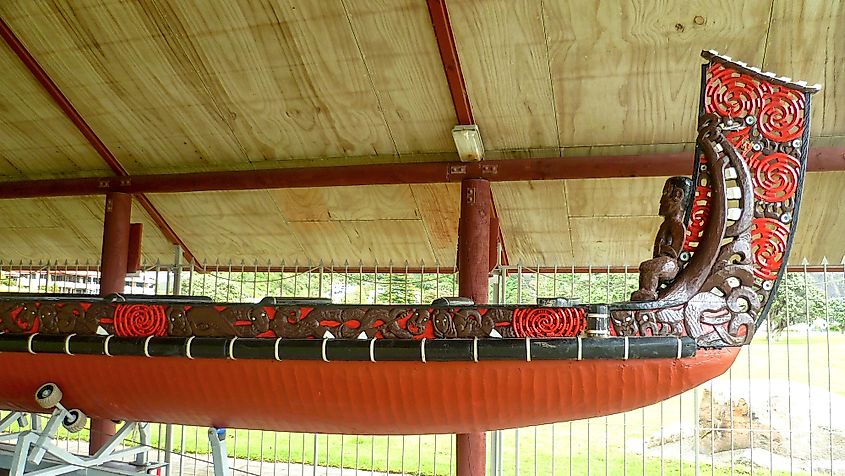
The first settlements in the modern-day Whakatane date back centuries, with the Māori people first establishing encampments as early as 1200. Deriving its name from the Māori phrase "Kia whakatāne au i ahau" ("I will act like a man), Whakatane is among New Zealand's longest inhabited locations and was an important site for the eventual European settlement of the country.
From 1880, Whakatane was a distinguished trade and shipbuilding center, helping the town grow considerably. By the early 1920s, it was the fastest-growing town in New Zealand and saw the introduction of electrical power.
But the arrival of European settlers and the colonial government was not without consequences for the Māori. Whakatane and its surrounding region were important battle sites during the New Zealand Wars (1843-1872). Land disagreements between the Europeans and the Indigenous people led to the conflict. Parts of Whakatane are preserved in commemoration of all the lives lost on both sides.
A historic reconciliation meeting took place on Whakatane Beach in March 1908 between the New Zealand Prime Minister and a Māori leader to create more cooperation between the two founding peoples.
In 1993, a group of Māori leaders organized an international "Conference on the Cultural and Intellectual Property Rights of Indigenous Peoples" in Whakatane; it resulted in the Mataatua Declaration, giving indigenous populations a legal right to consultation in all matters of cultural and intellectual significance.
Population Of Whakatane
Whakatane has a population of 16,700 according to 2021 estimates, with approximately 40% identifying as Māori. The other ethnicities were roughly 60% European, 3% Asian, and 1% other ethnic backgrounds. Nearly 50% reported no religious affiliation, while 37% were Christian.
Attractions In Whakatane
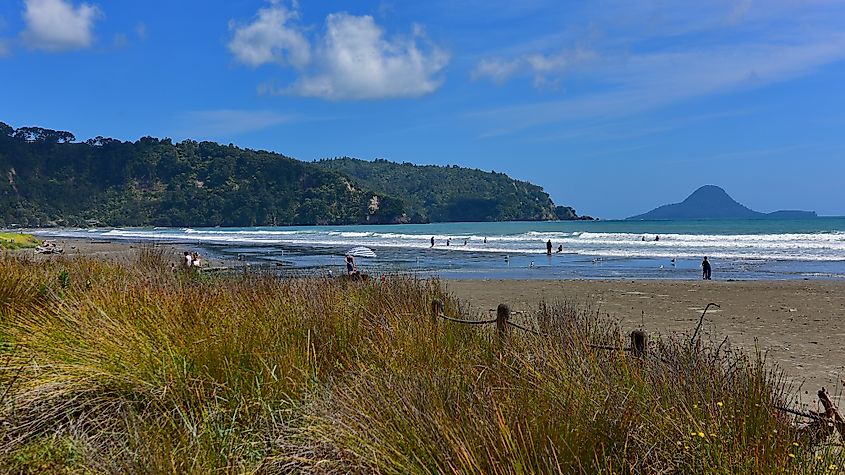
Summer is the most popular time of year for tourists and other visitors to arrive in Whakatane, and the nearby Ohope Beach is always full of locals and guests. The aforementioned White Island, the site of a marine volcano, is a key tourist destination. Visitors also have the opportunity to go whale watching, take surfing tours, swim with dolphins, or take any variety of chartered fishing cruises.
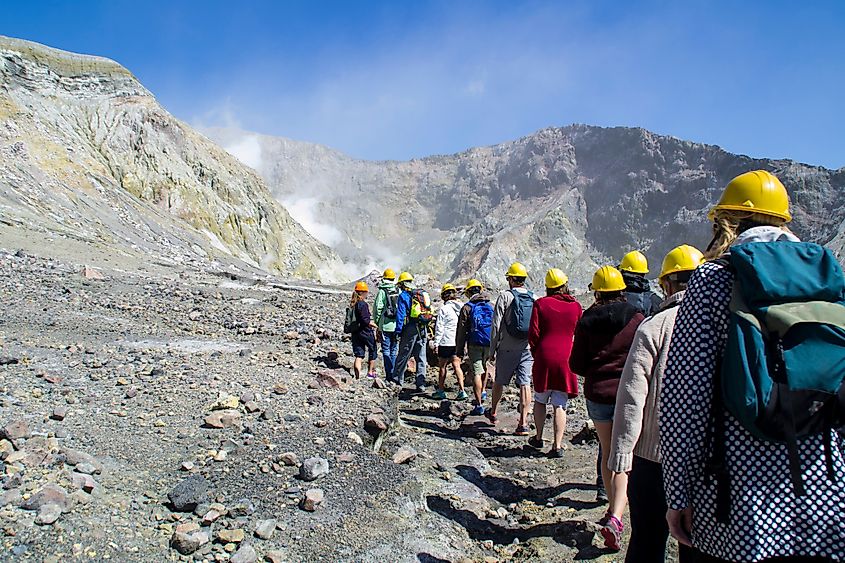
Home to the region's radio station Radio Bay of Plenty (the first privately owned commercial radio operation in New Zealand from the early 1970s), visitors can enjoy tours of the station and learn more about some local broadcasting history.
For the shopping-inclined tourist (particularly during the cooler winter months), a visit to The Hub Whakatane, a large format mall, is a must. Built in 2006, the shopping center features anchor tenants like Bunnings Warehouse and Harvey Norman. With a retail space totaling more than 24,000 square meters and more than 900 available parking spaces, the Hub Whakatane is indeed a one-stop location for big and small shopping and entertainment needs.
The historically minded will surely enjoy the Whakatane Museum and Arts. It features an impressive collection of Maori cultural items and other artifacts and documents the area's European colonization. It also commemorates the New Zealand Wars and the history of urban development in the Bay of Plenty.
Whakatane also offers a helicopter tour of the Bay and surrounding islands. A spectacular view of White Island and its volcano is an unforgettable experience!
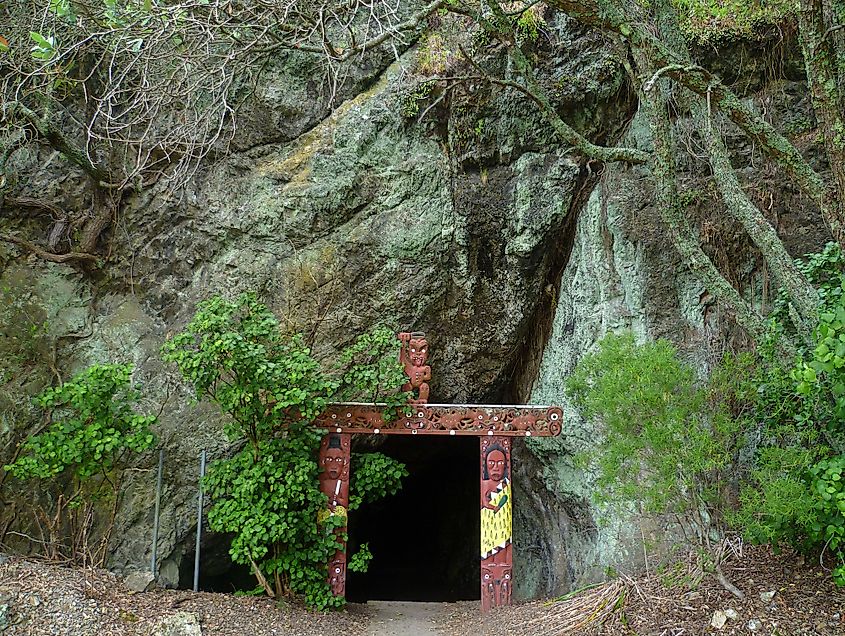
Whakatane is a culturally and historically important town in New Zealand that offers a unique blend of indigenous Maori and European history. One of the longest inhabited Maori dwellings, its rapid growth as a port town with colonization made it a major contributor to the area's growth and of New Zealand as a nation.
Today visitors can enjoy various outdoor activities, cultural institutions, and a pleasantly mild climate in Whakatane. It is the perfect mix of the past and present blending to form a charming and historically rich urban center.
